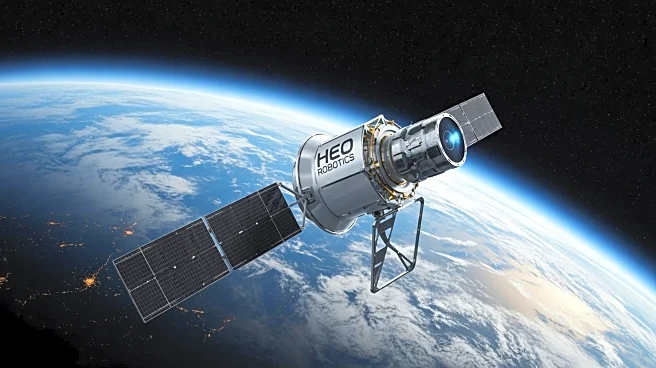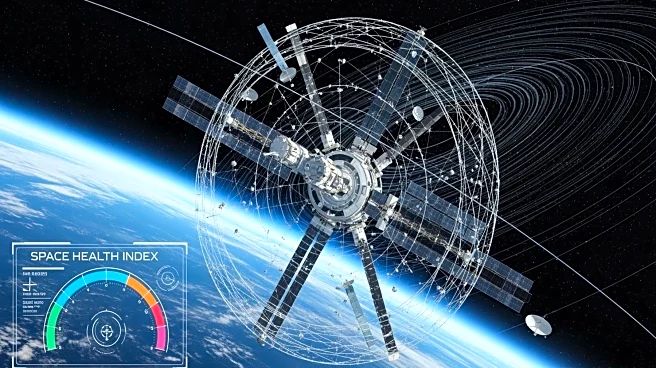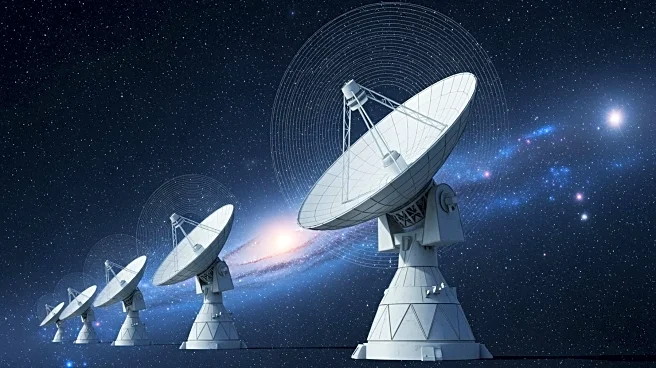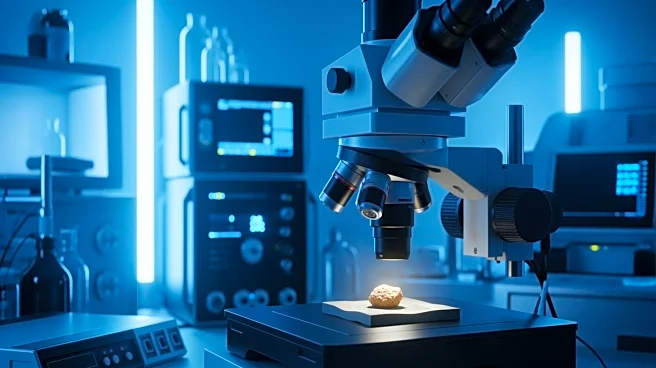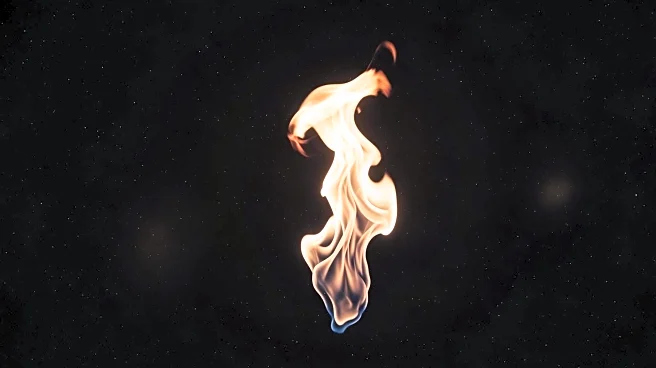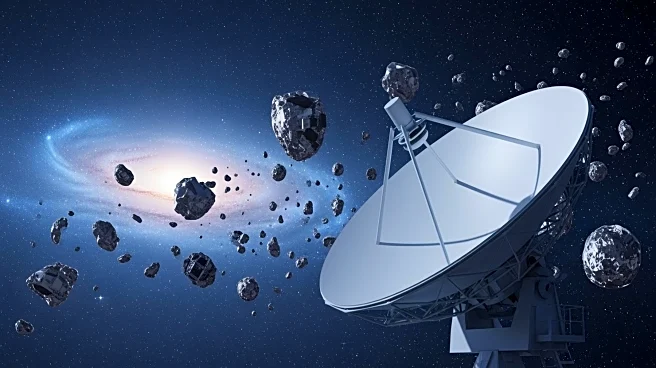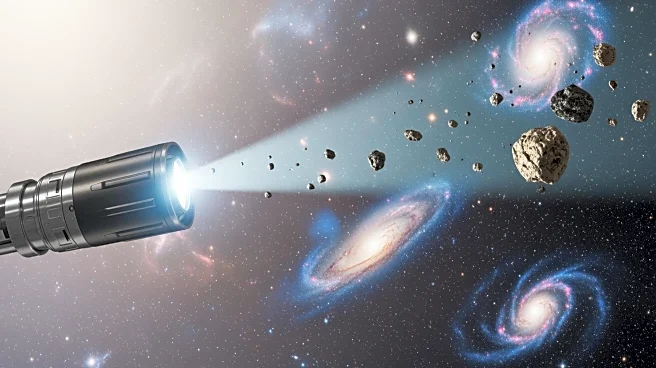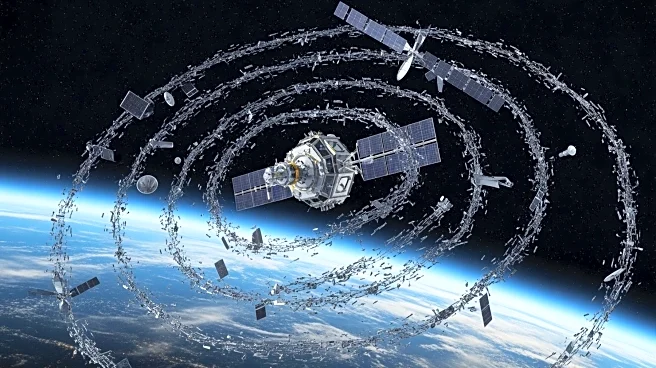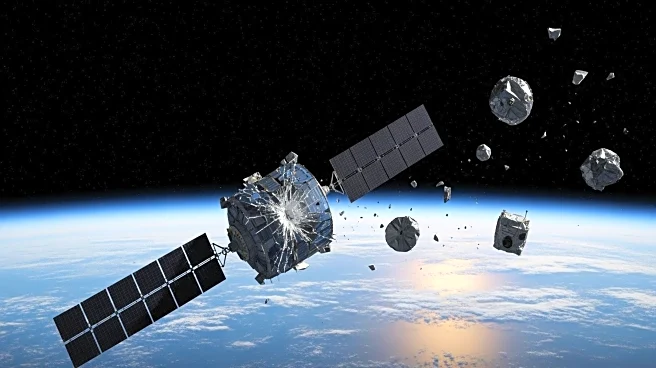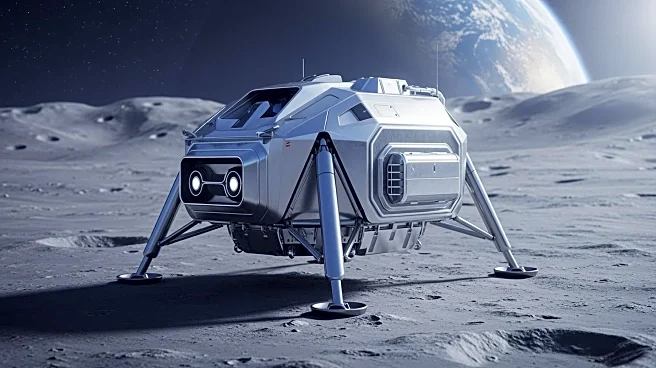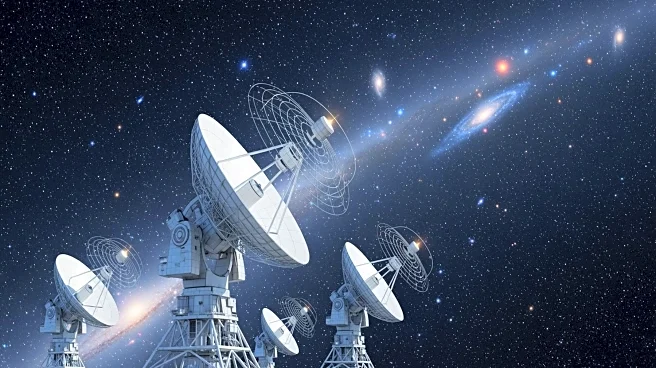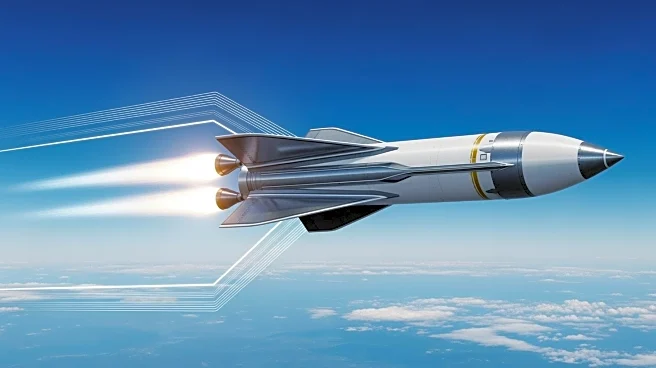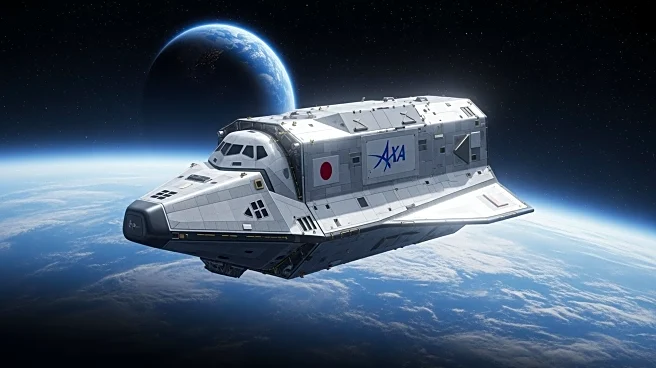What's Happening?
HEO Robotics, an Australian company known for its innovative spacecraft imaging in low Earth orbit, is expanding its capabilities to geostationary orbit (GEO). The company, which began as an asteroid-mining venture, has gained attention for its non-Earth
imaging (NEI) technology, capturing detailed images of spacecraft like the International Space Station and China's Tiangong space station. HEO plans to provide images of high-value communications and weather satellites in GEO, a region where satellites remain fixed over a specific point on the equator. To achieve this, HEO is partnering with Earth-imaging companies and plans to develop its own imaging technology for GEO. The company has also signed a memorandum of understanding with Astroscale to enhance monitoring and servicing of space assets.
Why It's Important?
The expansion of HEO Robotics' imaging capabilities to geostationary orbit represents a significant advancement in space domain awareness. By providing detailed images of satellites in GEO, HEO can aid in anomaly detection, operational awareness, and risk mitigation for high-value assets. This development is crucial for maintaining the safety and sustainability of space operations, particularly as the number of satellites and space debris increases. The collaboration with Astroscale further emphasizes the importance of monitoring and servicing space assets to prevent collisions and manage space debris. HEO's advancements could lead to improved space traffic management and enhance the security of satellite communications and weather monitoring systems.
What's Next?
HEO Robotics is focused on overcoming the technical challenges of imaging in geostationary orbit, with plans to develop its own imaging technology for this purpose. The company aims to unlock significant revenue and capabilities for its customers by achieving this goal within the next 12 months. Additionally, HEO's partnership with Astroscale may lead to further cooperation in geostationary transfer orbits, enhancing the ability to service and deorbit space debris. As HEO continues to expand its imaging capabilities, it may also explore opportunities to provide imaging services for missions beyond Earth's orbit, potentially enabling new scientific and commercial ventures in space.
Beyond the Headlines
HEO Robotics' expansion into geostationary orbit imaging highlights the growing importance of non-Earth imaging as part of space safety infrastructure. The company's recent receipt of a NOAA Tier-3 license for a commercial optical camera in high LEO indicates increasing official recognition of this technology. HEO's long-term vision of providing 'the solar system on demand' suggests a future where imaging technology could support missions to asteroids and other celestial bodies, potentially transforming space exploration and resource utilization.
